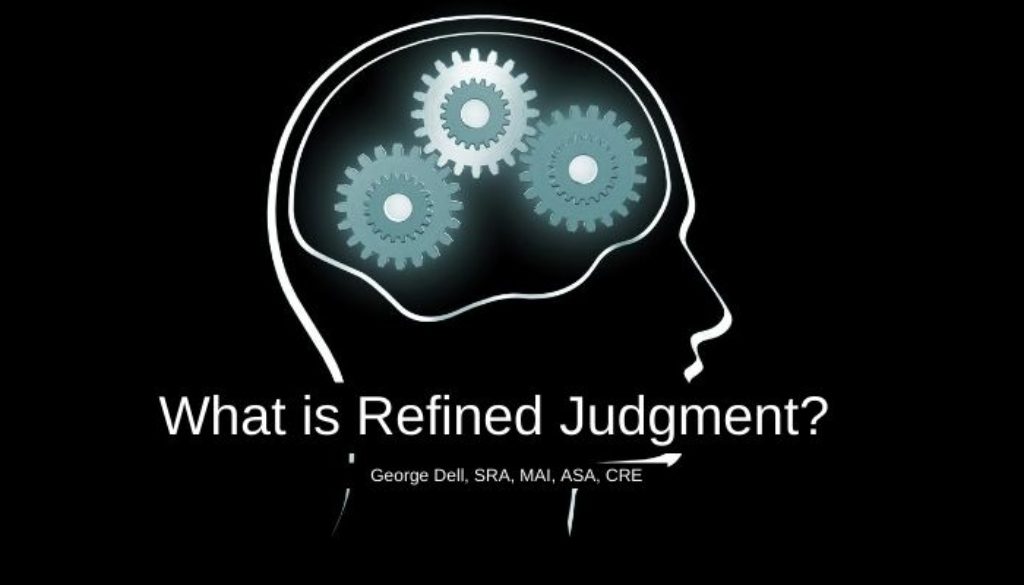Judgment versus science. Judgment wins! (Part I of “Data Collection”)
I have heard such things as “No science formula will ever replace my experience and training.” And “no AVM (Automated Valuation Model) will ever inspect a house.”
Judgment wins.
Except for one problem. The market share of valuations continues down for appraisers. AVMs, ‘evaluations’, broker opinions, and non-appraiser opinions continue to compete and thrive. I have heard that even some appraisal firms specifically hire non-licensed people to do valuations – because they do not have to fear state regulators, and the fully subjective, “believability” aspiration of the USPAP (Uniform Standards of Professional Appraisal Practice).
This is the first of a multi-part writing focused on Chapter 9 of the Appraisal of Real Estate, (ARE) by the Appraisal Institute, 14th ed. This chapter clearly sets out the needs and challenges for appraisal, given today’s “rapidly evolving data universe.”
As most readers know, my entire philosophy is on the benefits of applying science to the valuation process. An added benefit is that appraiser competence best translates to today’s market needs. In other words, appraisers are best suited to meet the real needs of clients today. This includes our Government Sponsored Entities (GSEs), lenders, investors, regulators, and our system of justice and equity in courts and property taxes.
What do these clients need and want? Let us put aside the “make the deal work” aspect for now.
Clients want fast. They want cheap. And they want an answer. Again, for now, lets stick with just the point value (“most probable”) assumption. And let’s see how judgment is or is not required for the four main components of point-value valuation. The four parts are:
- Appropriateness – ask the right question;
- Trueness – get the right answer (accuracy);
- Sureness – precision (which does not work with a point value);
- Understandability – transmit results to the client’s level of competency.
Appropriateness requires asking the right question. The biggest mistakes are made because the property or the client’s needs are mistaken. This is the “scope of work” aspect. It requires judgment.
Trueness can only be measured if you have the ‘true’ number. The only other method of evaluating trueness is in the process or algorithm to get there. This also requires judgment in selecting methods, models, and algorithms.
Sureness can be subjectively judged. While few appraisals address this explicitly, the process of “reconciliation” requires a look at the quality, quantity, and strength of the data, as well as the applicability of the methods and algorithms used to get there. Sureness is partially data-based, and can be directly measured. And other parts are not singularly objective. These require judgment.
Understandability (by the client) requires communication skills at several levels. It can be just words and explanations. And it can also be summary numbers, tables, probabilities, and visual representations such as graphs, maps, and interactive representations, as well as dashboard clarity.
As noted, the ARE states that “refined judgment” is now needed. Valuemetrics and this multi-part article is dedicated to the declarations of this chapter 9, Data Collection, in the Appraisal of Real Estate.
